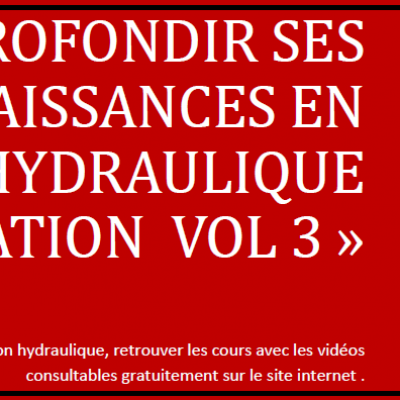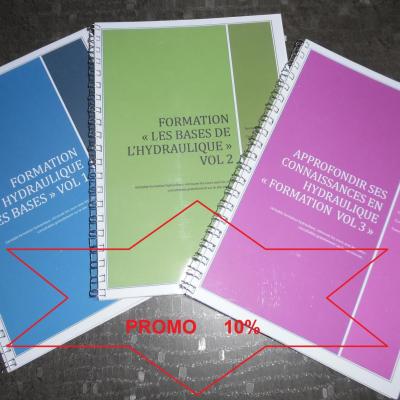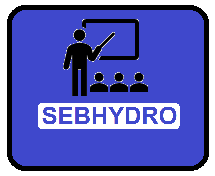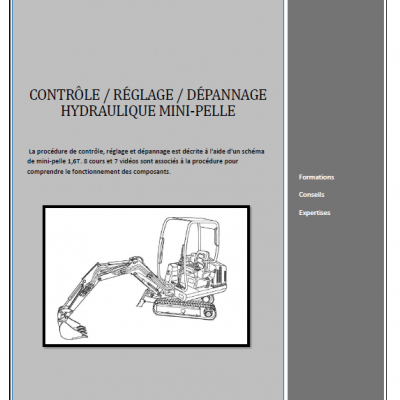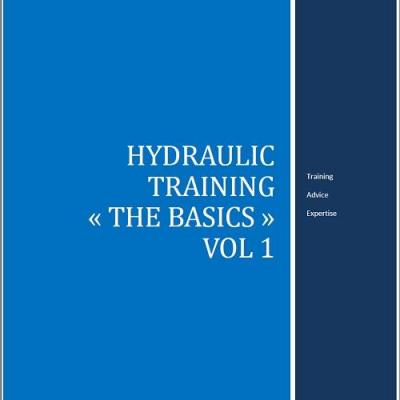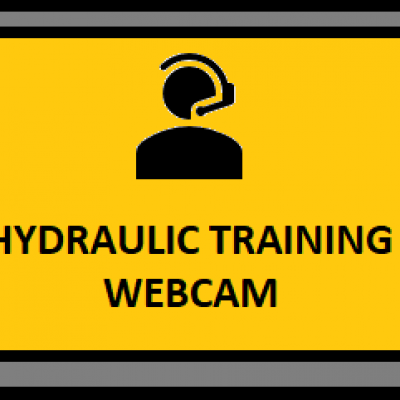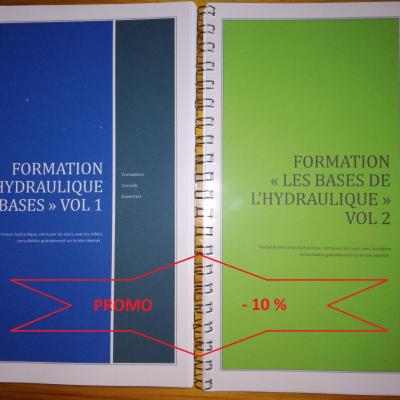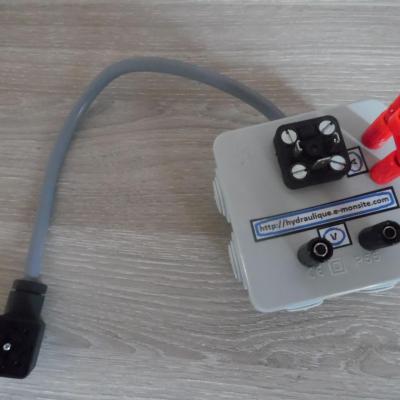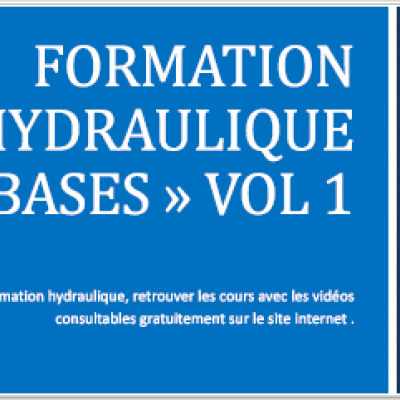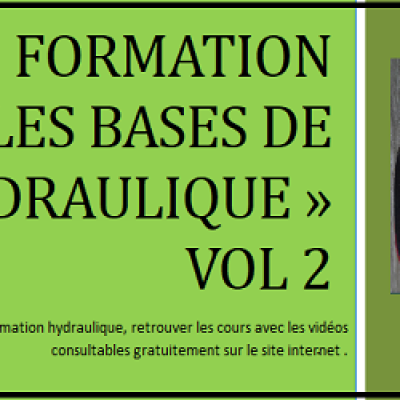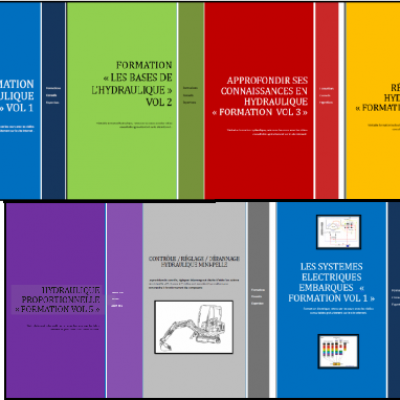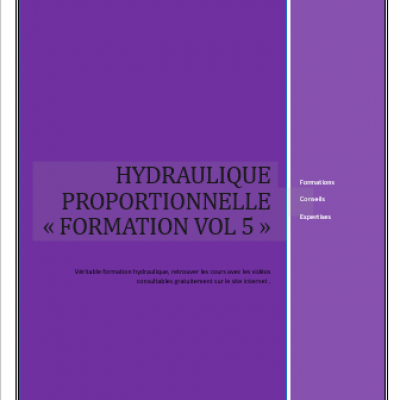The shaft seal is in most cases drained to the suction port. The direction of rotation must be strictly observed, otherwise it will leak from the first seconds of operation.
It is possible to change the direction of rotation of the pump by inverting the binoculars.
Note : The suction port is always larger than the discharge port. (Except for very low flow pumps).
3- The choice
Gear pumps are cheap, maintenance is easy since they are not repairable.
They are not very sensitive to pollution and resist pressures up to 250 bars. (Not continuous).
They have a small footprint and are lighter than other types of pumps.
The noise and pollution that are created by the friction of the gables in the crankcase are the main disadvantages.
4- failures
The efficiency of a new gear pump is 85%. (Varies depending on the builders). From a yield of 70% it is advisable to change it because it reaches the end of life.
To test it, it is necessary to compare with a flowmeter the theoretical flow (or measured without any pressure) at the actual flow measured pump in load (maximum pressure of the circuit).
A leak at the shaft seal is often due to too much pressure in the crankcase caused by heavy wear on the pump. The pump needs to be replaced, changing the shaft seal is useless.
5- Some technical advice
Outside the drive torque, no radial or axial force should be applied to the pump shaft. (Except pump with counter bearing).
The suction line must be designed to achieve a maximum fluid circulation velocity of 2.5 m / s. (Reduce if possible, especially for large flows).
Here are some indications of flows according to dimensions of the pipes:
1 / 4 " 8 x 13 = 8 l / min
3 / 8 " 12 x 17 = 17 l / min
1 / 2 " 15 x 21 = 27 l / min
3 / 4 " 21 x 27 = 52 l/ min
1 " 26 x 34 = 80 l / min
1 " 1 / 4 33 x 42 = 130 l / min
1 " 1 / 2 40 x 49 = 190 l / min
2 " 50 x 60 = 295 l / min
2 " 1 / 2 66 x 76 = 513 l / min
3 " 80 x 90 = 750 l / min
The suction line must be as straight as possible. Avoid elbows and connections.
The suction line must be as short as possible. (Less than 1.50 m).
The height between the suction port and the oil level must not exceed 0.75 m.
It is advisable to place the pump under load, that is to say: the tank above the pump...
Do not use flexible materials to make the piping, vacuum and temperature tending to bring the walls closer and reduce the area of ??passage.
Ensure that the connections are properly tightened to prevent air intake.
The temperature of the oil in the tank must not exceed 60 ° C maximum.
The tank must take into account the quantity of oil that can be taken to ensure the different cycles in order to avoid the planing of the pump.
The tank must allow the fluid to settle any emulsions.
All piping returning to the tank must be return plunging.
The tank must be perfectly clean and impervious to external impurities.
It must be simple, either rectangular or cylindrical.
The hydraulic system must be equipped with an efficient filtration system.

